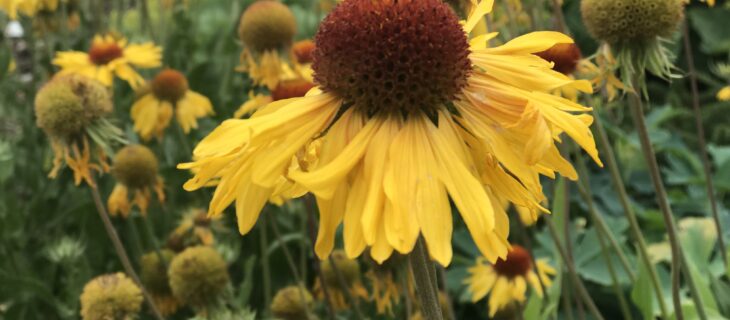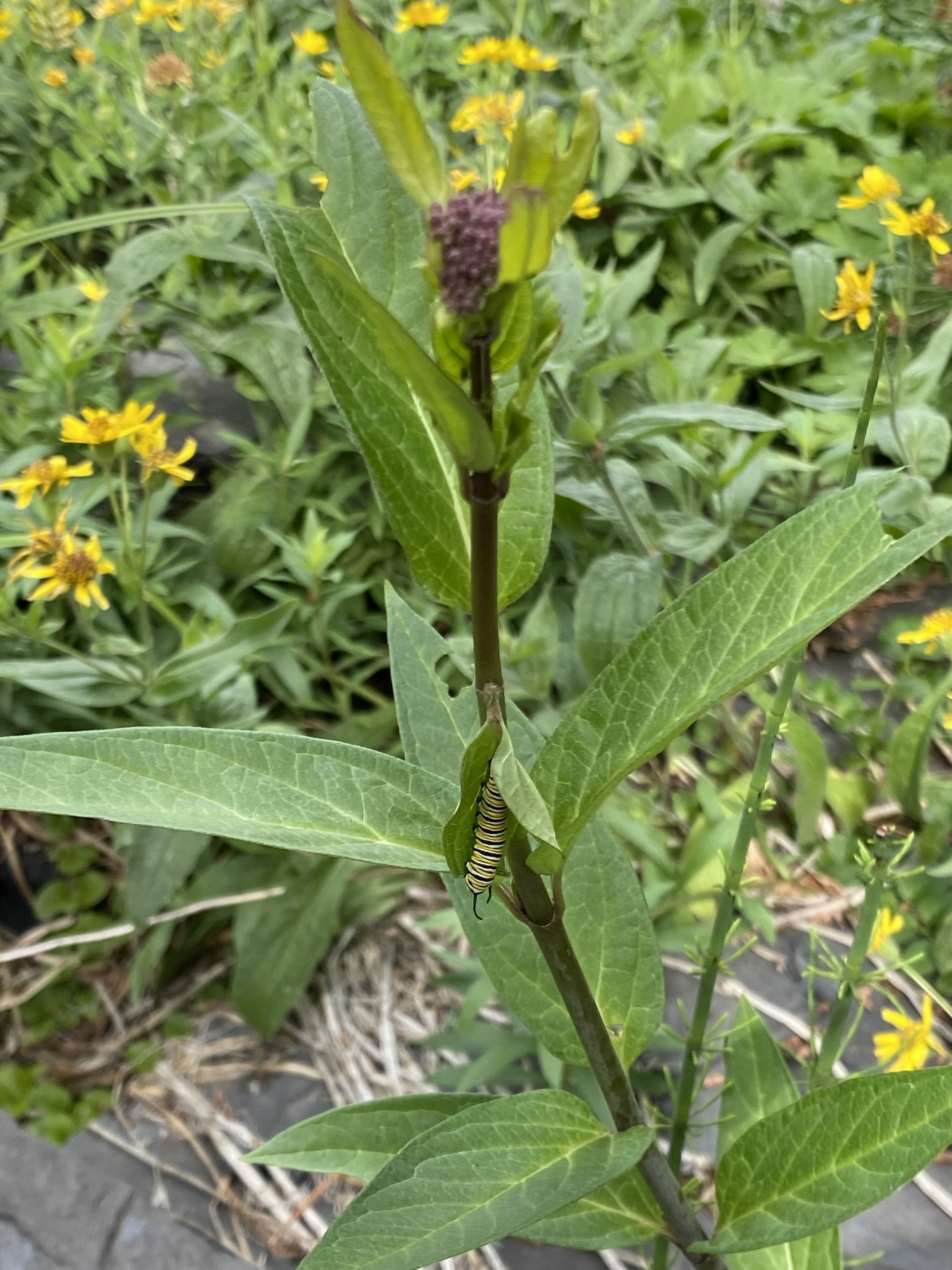SARA Pollinator Uplisting - rain gardens, bioretention, and naturalization can help

Posted on Jan 17, 2024 in Stewardship, Native Plants, Homeowner Action, Bioretention, Biodiversity
There is ample awareness regarding the decline of pollinator populations, and in December we saw the uplisting of the Monarch butterfly and the Western Bumble Bee on Schedule 1 of the Species at Risk Act (SARA). Monarch Butterflies (Danaus plexippus) were moved from ‘Special Concern’ to ‘Endangered’ while Western Bumble Bees (occidentalis subspecies) were listed as ‘Threatened’ and Western Bumble Bees (mckayi subspecies) were listed as ‘Special Concern.’

Though Monarch Butterflies are a cause de celebre in the conservation world, conditions favourable to the Monarch continue to decrease all along their migratory roots, from Mexico to Canada. Monarch butterflies depend entirely on milkweed for reproduction, which has been affected by large scale use of herbicides. Milkweed acts as their exclusive host plant, where Monarch eggs, caterpillars, or chrysalises are found. The caterpillars only eat milkweed (though they aren’t choosy about species).
While it is daunting to think about the numerous factors affecting Monarch populations, it is heartening to know that we can easily provide habitat for Monarch butterflies by including just one species of plant in our vegetated stormwater practices: Milkweed. Rain gardens and bioretention areas are the perfect spot to plant Showy Milkweed (Asclepias speciosa). Comfortable in roadside ditches, prairies, and wet meadows alike, Showy Milkweed is tolerant to a variety of conditions, making it at home in rain gardens and bioretention areas where moisture levels fluctuate. More consistently wet areas will support Swamp Milkweed (Asclepias incarnata). Not only will these plants benefit Monarchs; they will add resilient beauty and bring North America’s most famous butterfly to local landscapes.
While Western Bumble Bees are less fussy about their living conditions, reduction of habitat affects their populations, nonetheless. The subspecies mckayi resides in northern BC, Yukon, and Northwest Territories, while the subspecies occidentalis makes its home across BC, Alberta, and Saskatchewan. Residential and commercial development has affected Western Bumble Bees by reducing the land area dedicated to flowering plants, their food source. While they aren’t too picky about what they eat, providing a variety of flowers for them to feed on is key. Better yet, provide native plants. Western Bumble Bees adapted alongside our native plants and so know best how to use them.
Focusing on a planting scheme that blooms from early spring through to autumn helps pollinators throughout the growing season. Native plants such as Prairie Crocus (Pulsatilla nuttalliana), an early bloomer, and Blanket Flower (Gaillardia aristata), which will flower well into autumn, are excellent examples of providing a nectar source over a long growing season. These are examples of native upland plants that are excellent for naturalization. Turf absorbs water poorly and requires a lot of carbon-emitting maintenance to look good, often using fertilizer and herb/pesticides that end up in our water bodies. Choosing blooming plants as alternative ground cover options will provide food for the bees while also reducing the space dedicated to turf, improving stormwater management performance in the process.

